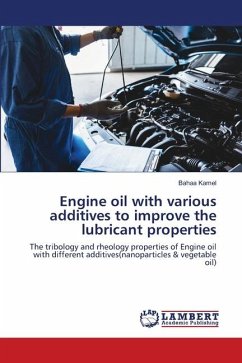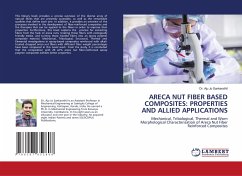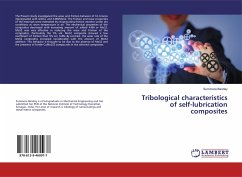
Tribological and Rheological Characteristics of Nano Lubricant
Versandkostenfrei!
Versandfertig in 1-2 Wochen
36,99 €
inkl. MwSt.

PAYBACK Punkte
18 °P sammeln!
As early as 1400 B.C., greases, made of a mixture between calcium and fats, were used as lubricants of chariot wheels. Remains and some traces of this grease were discovered on chariots excavated from the tombs of Yuaa and Thuiu. During the 2nd half of the nineteenth century, greases were made with petroleum oils combined with potassium soap, calcium soap, and sodium soap and placed on the market in limited amounts. Gradually, as refining and distillation processes were enhanced, a larger portion of petroleum oils are produced as a replacement of the fatty oils. These oils could be controlled ...
As early as 1400 B.C., greases, made of a mixture between calcium and fats, were used as lubricants of chariot wheels. Remains and some traces of this grease were discovered on chariots excavated from the tombs of Yuaa and Thuiu. During the 2nd half of the nineteenth century, greases were made with petroleum oils combined with potassium soap, calcium soap, and sodium soap and placed on the market in limited amounts. Gradually, as refining and distillation processes were enhanced, a larger portion of petroleum oils are produced as a replacement of the fatty oils. These oils could be controlled more accurately in manufacturing and do not show the rapid deterioration of the fatty oils. So nowadays we add some additives like nanoparticles to grease to modify the tribological and rheological characteristics of grease.












